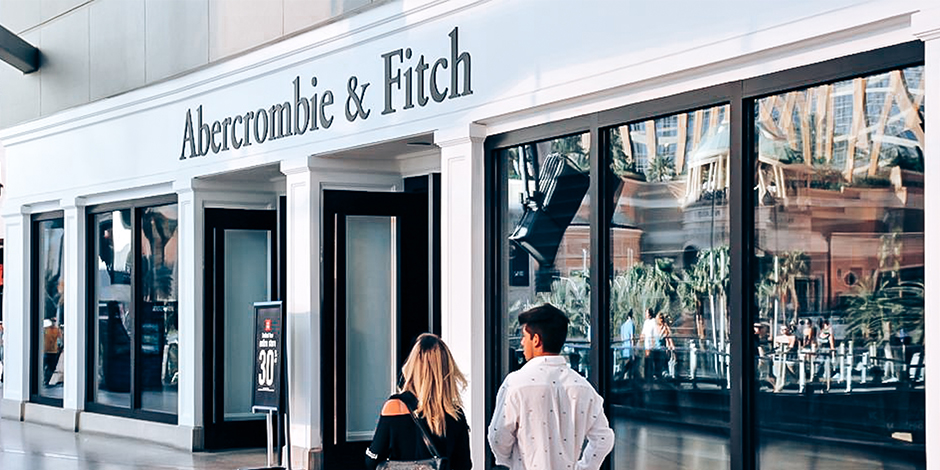Abercrombie & Fitch – the teen-centric apparel brand that boomed in the 1990s and early aughts by peddling sexy, chic featuring buff, half-naked models – has survived an aging customer base, a civil rights spanking by the U.S. Supreme Court, Covid, and a blistering Netflix documentary in 2022 – to emerge as one of the hottest retail plays of the new year.
The company’s shares, after hitting a pandemic low of $9.31, have been surging since last May, hitting a recent high of about $105. A brand that once looked like it had become road kill currently sports a lush market capitalization of about $5.5 billion, a result of repeatedly beating Wall Street’s expectations.
What’s going on here?
The answer is Fran Horowitz-Bonadies – a veteran retailer with stints at Bergdorf Goodman, Bloomingdale’s, and Saks – who joined the company in 2014 as president of A&F’s Hollister brand. Horowitz took over as Abercrombie’s CEO in 2017, replacing 22-year veteran Michael Jeffries, credited in a 2006 Salon.com profile with transforming A&F from “a struggling retailer of ‘fuddy-duddy clothes’ into the most dominant and imitated lifestyle-based brand for young men in America.”
Jeffries had curated an “all-American” look that was hot – figuratively and, according to critics, literally. The company settled a class-action lawsuit in 2004 for $50 million which required, among other diversity measures, “to stop focusing on predominantly white fraternities and sororities in its recruitment,” according to a New York Times report.
Under Horowitz-Bonadies, the company’s sales have rebounded and its image has been rebranded to focus on inclusivity and a new store concept.
Horowitz-Bonadies recently told trade journal WWD.com (Women’s Wear Daily) that the new look was based on feedback from 1.5 million consumers.
“At Abercrombie, [before] there was a much bigger focus on presentation than on customer engagement and customer focus,” she said. “There’s been almost a 180-degree turn on making sure we keep the customer at the center of everything we do. It’s been [our] most important singular focus.”
The rehabilitation of Abercrombie is concurrent with efforts at another iconic brand, Levi Strauss, which we covered last month. Like A&F, Levi’s similarly lost its way as its core base was aging out. The company recently installed a new CEO, Michelle Gass, (credited with reinvigorating Starbucks) who is in the early stages of developing Levi's into what she calls a “denim apparel lifestyle business.”
Both companies, as well as retailers like Tractor Supply, are prime examples of the good outcomes that result from talking to, listening to, and catering to customers. It’s a concept as old as time, but it never gets old.














